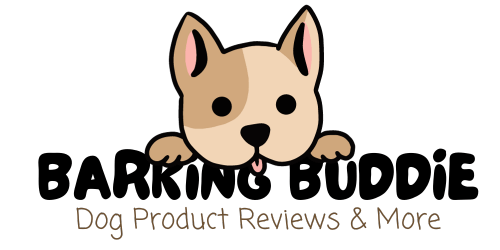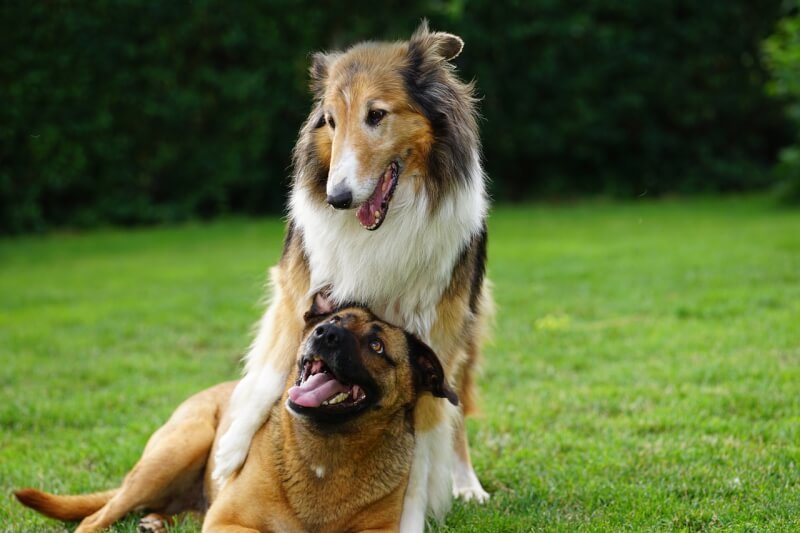In a dog community, leadership plays a crucial role in maintaining a harmonious environment and ensuring the well-being of every furry member. From organizing playdates to resolving conflicts, the leaders of a dog community are responsible for creating a sense of order and unity among the pack. Through their guidance and nurturing, these canine leaders inspire trust and respect, establishing a strong foundation for a thriving and socially vibrant dog community. Join us as we explore the fascinating and essential role of leadership in a dog community, and discover the intriguing dynamics that shape their interactions and behaviors.
Understanding Dog Communities
Dog communities are groups of dogs that interact and socialize with one another. In these communities, dogs form relationships, establish hierarchies, and communicate with each other. Understanding how dog communities function is crucial for dog owners and enthusiasts alike, as it helps us better comprehend their behavior and address their needs.
The Definition of a Dog Community
A dog community can be as small as a two-dog household or as large as a group of dogs living and interacting in a specific area, such as a dog park or a dog-friendly neighborhood. Whether it’s a tightly-knit pack or a more loosely-associated group, these communities provide dogs with opportunities for socialization and build their social skills.
Types of Dog Communities
There are various types of dog communities, each with its own unique characteristics and dynamics. Some common types include:
Household Dog Community: This consists of dogs that live together under the same roof, whether they are related or not. The dynamics within a household dog community can be influenced by factors such as age, breed, and individual personalities.
Neighborhood Dog Community: In some neighborhoods, dogs have the opportunity to regularly interact with other dogs in the area during walks or playdates. These interactions allow the dogs to form friendships and create a sense of community.
Dog Park Community: Dog parks provide a designated space for dogs to socialize off-leash. These communities often consist of dogs of various breeds and sizes, enabling dogs to interact, play, and learn from one another.
Working Dog Community: Working dogs, such as search and rescue dogs or therapy dogs, often form communities within the organizations they work for. These communities are focused on achieving specific goals and require a strong sense of teamwork and cooperation.
Breed-Specific Community: Within specific dog breeds, there are often dedicated communities that focus on breed-specific activities, events, and competitions. These communities provide a platform for breed enthusiasts to connect and exchange knowledge.
Understanding the different types of dog communities helps us appreciate the diverse ways in which dogs interact and build relationships.
The Importance of Leadership in Dog Communities
In any dog community, leadership plays a crucial role in establishing order, ensuring safety, promoting cooperation, and maintaining harmony among the dogs. Effective leadership creates a stable and balanced environment where all dogs feel secure and can thrive. Let’s explore the various aspects of leadership in dog communities.
Establishing Order and Hierarchy
Leadership serves the important role of establishing a clear hierarchy within a dog community. Just like in the wild, dogs have a natural instinct to establish dominance and submission. A good leader establishes and enforces boundaries to prevent conflicts and power struggles among the dogs. By clearly defining their position as the leader, they create a sense of order and stability.
Ensuring Safety and Security
A strong leader in a dog community ensures the safety and security of all its members. They act as a vigilant protector, monitoring the environment and promptly intervening when necessary to prevent any potential dangers or conflicts. A dog community with a reliable leader instills a sense of trust, allowing every dog to feel secure in their interactions and surroundings.
Promoting Socialization and Cooperation
Leadership in a dog community also involves promoting socialization and cooperation among its members. A good leader encourages positive interactions and facilitates opportunities for dogs to play, learn, and engage with one another. Through these interactions, dogs develop their social skills, build strong bonds, and learn appropriate behaviors.
Facilitating Communication and Understanding
Leadership is key in facilitating effective communication and understanding within a dog community. Dogs primarily communicate through body language, and a skilled leader can read and interpret these signals to prevent misunderstandings or conflicts. By understanding the subtle cues that dogs provide, a leader can intervene when tensions arise and defuse potential conflicts.
Maintaining Balance and Harmony
An effective leader in a dog community is responsible for maintaining a balance and harmony among the members. They address any disruptions or imbalances promptly, ensuring that every dog’s needs are met and conflicts are resolved in a fair and respectful manner. A harmonious dog community is a reflection of strong leadership, as it creates an environment where dogs can live cooperatively and peacefully.
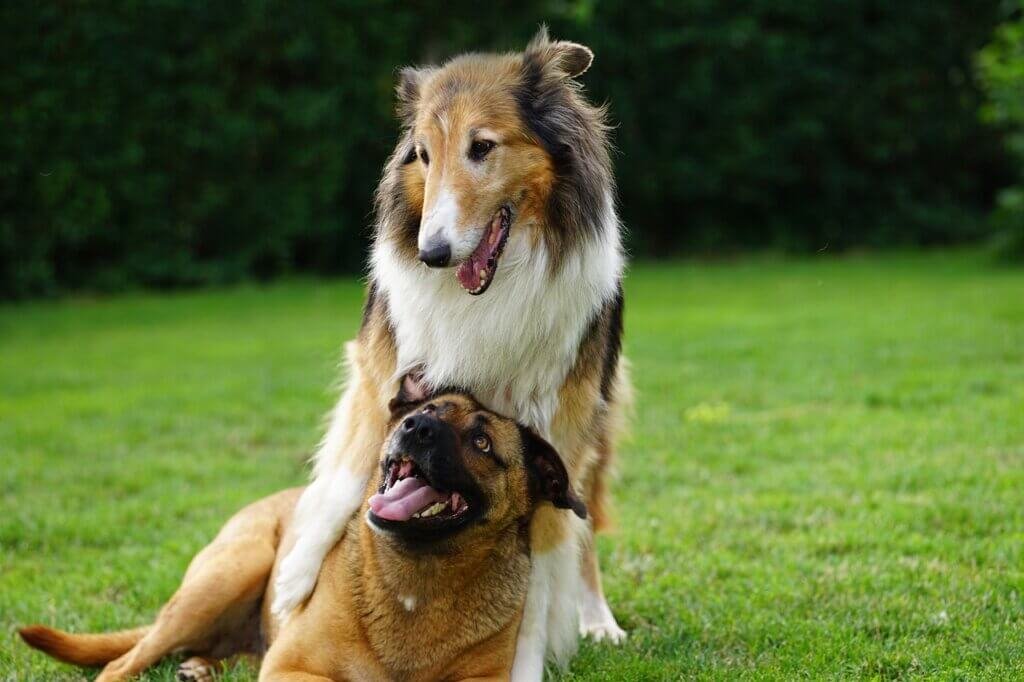
Characteristics of Effective Canine Leaders
Leadership within a dog community requires certain characteristics that help establish trust, respect, and a sense of security among the dogs. Here are some essential traits of effective canine leaders:
Confidence and Assertiveness
Confidence is a crucial trait for effective leaders in dog communities. Dogs are highly attuned to the confidence levels of those around them and are more likely to follow a leader who displays self-assurance. An assertive leader sets clear expectations and boundaries, earning the trust and respect of the community members.
Consistency and Fairness
Consistency and fairness go hand in hand when it comes to canine leadership. Dogs thrive in an environment where rules and expectations remain consistent, allowing them to feel secure and understand their place within the community. A fair leader treats all dogs equitably, ensuring that each member is given equal opportunities and fair treatment.
Strong Communication Skills
Effective leaders possess strong communication skills, both with dogs and with their human counterparts. Dogs rely heavily on body language and vocal cues to understand and respond to their leaders. A skilled leader understands how to clearly convey their intentions, expectations, and emotions to the dogs, fostering a strong channel of communication within the community.
Ability to Read and Respond to Dog’s Body Language
A leader’s ability to read and respond to a dog’s body language is an invaluable skill. Dogs continuously communicate their needs, emotions, and intentions through subtle body postures, facial expressions, and vocalizations. A proficient leader can accurately interpret these cues, allowing them to understand the dynamics within the community and address any potential conflicts or issues before they escalate.
Effective canine leaders possess a combination of these traits, enabling them to establish a strong leadership presence within their dog communities and guide their members towards harmony and cooperation.
Leadership Styles in Dog Communities
Different dog communities may exhibit varying leadership styles, each with its own characteristics and effects on the overall dynamics. Here are three common leadership styles observed in dog communities:
Authoritarian Leadership
In an authoritarian leadership style, the leader assumes a dominant role and exercises strict control over the community members. The leader’s decisions and boundaries are absolute, leaving little room for individual choice or independence. While this style may enforce order, it can also lead to fear, anxiety, and the suppression of natural behaviors.
Democratic Leadership
Democratic leadership involves a more inclusive decision-making process, with the leader involving the community members in determining rules and making decisions. By considering input from the whole community, a democratic leader fosters a sense of empowerment and cooperation. This leadership style can result in a more harmonious and balanced community, as it allows for greater collaboration and individual expression.
Laissez-Faire Leadership
Laissez-faire leadership is characterized by a hands-off approach, where the leader takes a more passive role and allows the community members to self-govern. While this style promotes independence and freedom, it may lead to a lack of structure and clear boundaries, potentially resulting in confusion, conflicts, and power struggles within the community.
The choice of leadership style in a dog community depends on various factors, including the individual personalities and needs of the dogs, the specific environment, and the desired outcomes for the community.

The Role of Alpha Dogs in Dog Communities
Within dog communities, the concept of an “alpha dog” often arises. Understanding the role of alpha dogs is key to grasping the dynamics of leadership in these communities.
The Concept of Alpha Dogs
The term “alpha dog” originated from studies of wolves in the wild, where a dominant wolf assumes the role of the pack leader. In dog communities, the concept has been applied to describe dogs that display dominant and assertive behaviors, often assuming leadership positions within their social groups.
Responsibilities and Duties of Alpha Dogs
Alpha dogs in dog communities have various responsibilities and duties. They are often the decision-makers, setting the tone for the group’s behaviors and interactions. Alpha dogs play a vital role in maintaining social order, mediating conflicts, and enforcing boundaries.
Alpha Dogs and Pack Structure
In a dog community, alpha dogs help establish the pack structure and hierarchy. They often lead by example, demonstrating appropriate behavior, and guiding other dogs in the group. The presence of a strong alpha dog can provide stability and a sense of direction for the community, enabling all members to coexist peacefully.
While the concept of alpha dogs has been widely discussed, it is important to note that not all dogs exhibit alpha behaviors, and not every dog community requires the presence of an alpha dog for effective leadership.
Challenges Faced by Canine Leaders
Leading a dog community comes with its fair share of challenges. Effective leaders must navigate and overcome these obstacles to ensure a harmonious and balanced environment for all members.
Power Struggles and Dominance Issues
One of the major challenges faced by canine leaders is managing power struggles and dominance issues within the community. In some instances, multiple dogs may assert their dominance, resulting in conflicts and disruptions. Leaders must intervene, establish clear boundaries, and promote cooperation to address these challenges effectively.
Maintaining Order in a Multi-Dog Household
Leadership becomes especially crucial in multi-dog households, where the dynamics can be more complex. Different personalities, age disparities, and competition for resources can create challenges for leaders in maintaining order and harmony. Consistent training, clear boundaries, and providing adequate resources can help leaders manage these challenges effectively.
Dealing with Aggressive or Disruptive Behavior
Leaders in dog communities often encounter dogs with aggressive or disruptive behavior. Addressing these issues requires skillful management and intervention. Leaders must identify the root causes of such behavior, implement appropriate training and behavior modification techniques, and provide a structured environment that encourages positive behavior and a sense of calm.
Overcoming these challenges requires patience, knowledge, and a deep understanding of the individual needs and dynamics within the dog community.
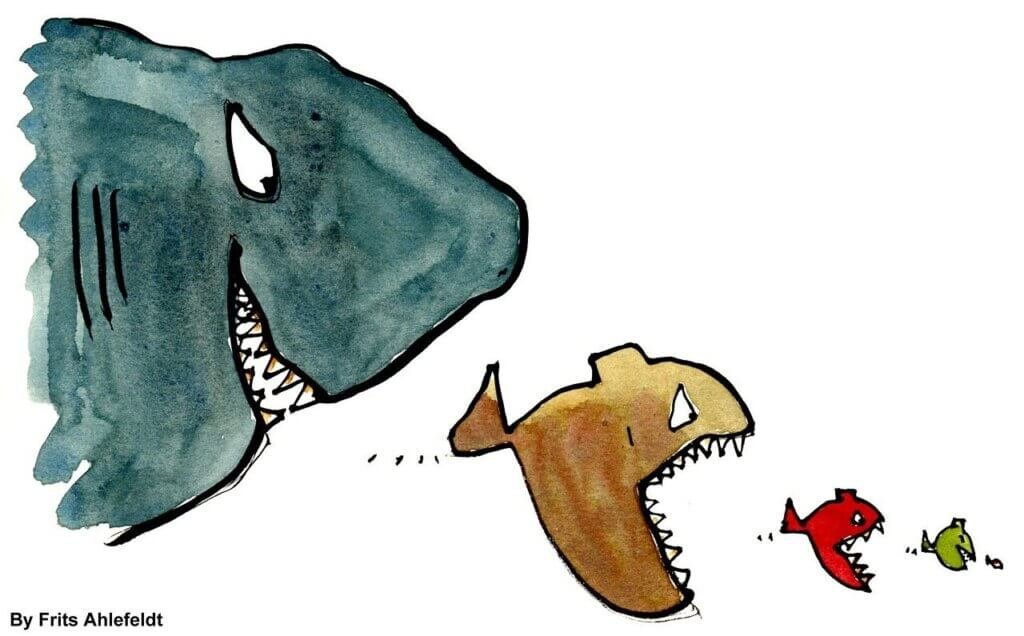
Developing and Nurturing Leadership Skills in Dogs
Leadership skills in dogs can be developed and nurtured through various strategies and techniques. By investing time and effort, dog owners and leaders can help their canine companions become effective leaders within their communities.
Training and Socialization
Training and socialization are essential components of developing leadership skills in dogs. Through training, dogs learn basic obedience commands and develop self-control. Socialization exposes them to various environments, people, and other dogs, teaching them how to interact appropriately and confidently.
Establishing Boundaries and Limits
Clear boundaries and limits are vital for dogs to understand their roles within a community. Leaders must establish rules and consistently enforce them, ensuring that every dog knows their boundaries and the consequences of crossing them. By providing a structured environment, leaders help dogs develop a strong sense of discipline and respect.
Positive Reinforcement and Reward-Based Training
Positive reinforcement and reward-based training methods are highly effective in fostering leadership skills in dogs. By rewarding desirable behaviors, leaders encourage dogs to make positive choices, reinforcing their leadership position. This type of training builds trust, confidence, and a positive association with leadership, making dogs more responsive to their leaders.
Building a Strong Human-Canine Bond
Leadership in a dog community is not limited to interactions between dogs; it also involves the human component. Building a strong bond with dogs is instrumental in developing effective leaders. Through love, trust, and consistent guidance, leaders forge a deep connection with their dogs, creating a partnership based on mutual respect and understanding.
By implementing these strategies, dog owners and leaders can nurture and develop leadership skills in their canine companions, allowing them to become pillars of their respective dog communities.
Potential Pitfalls of Poor Leadership in Dog Communities
Lack of effective leadership within dog communities can lead to various negative outcomes, impacting the well-being and overall dynamics of the community.
Conflicts and Aggression
Poor leadership often results in conflicts and aggression among community members. Without clear boundaries and direction, dogs may exhibit inappropriate behavior, leading to friction and potential harm. A lack of leadership increases the chances of resource guarding, territorial disputes, and other aggressive tendencies among the dogs.
Fear and Anxiety
In the absence of strong leadership, dogs may experience fear and anxiety. Without a leader to provide guidance and reassurance, dogs may feel unsure and vulnerable in their interactions and surroundings. This can lead to heightened stress levels, diminished confidence, and an overall decline in the well-being of the community.
Insecurity and Lack of Trust
Effective leadership instills a sense of security and trust within a dog community. Conversely, poor leadership erodes these crucial foundations. Dogs may feel uncertain and insecure, leading to heightened levels of stress and guarding behaviors. A sense of mistrust among the dogs hinders their ability to develop strong bonds and healthy relationships.
Lack of Socialization and Cooperation
Leadership greatly influences socialization and cooperation within a dog community. A lack of leadership can result in reduced opportunities for dogs to interact positively and learn from one another. Without a leader to guide them, dogs may struggle to express appropriate social behaviors, leading to isolation and a decline in their social skills.
To avoid these pitfalls, it is essential for dog communities to have effective leaders who can provide guidance, establish boundaries, and promote a positive and balanced environment.
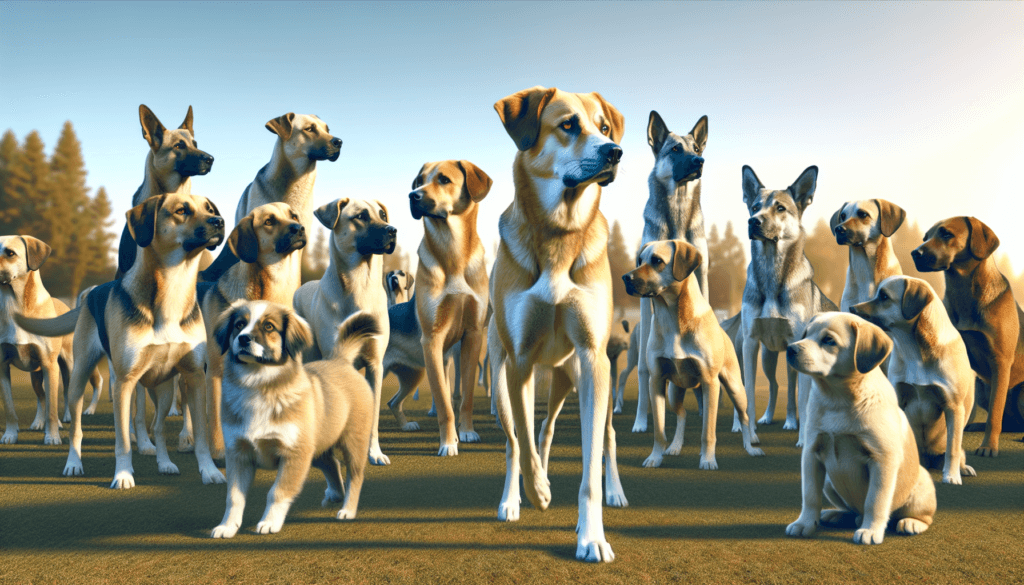
The Role of Human Leadership in Dog Communities
While dogs within a community can display leadership qualities, human leadership is equally important. Dog communities often rely on their human counterparts to assume a leadership role and guide them effectively.
Establishing Trust and Respect
Human leaders must prioritize building trust and respect within the dog community. Dogs look to their human leaders for guidance and rely on them to create a safe and secure environment. By establishing a relationship based on trust and respect, human leaders gain the cooperation and loyalty of the dogs.
Training and Guidance
Human leadership involves providing dogs with appropriate training and guidance. Through positive reinforcement techniques and clear communication, leaders assist dogs in understanding their roles within the community and developing desirable behaviors. Consistent and patient training helps dogs feel supported and confident in their interactions.
Setting Rules and Boundaries
Human leaders are responsible for setting and enforcing rules and boundaries within the dog community. This ensures that all dogs understand their limitations and expectations, promoting a balanced and respectful environment. By providing consistent guidance, human leaders help instill discipline and control within the community.
By assuming a leadership role within dog communities, humans can actively contribute to their growth, development, and overall well-being.
Conclusion
Leadership is an essential component of any dog community. Effective leaders establish order, ensure safety, promote socialization, and maintain balance and harmony among the members. Dogs naturally seek leadership and rely on strong leaders to create a secure and balanced environment. By understanding and nurturing leadership skills in dogs, we can create dog communities that thrive and provide enriching experiences for all members. Whether it’s within a household, a park, or a larger canine community, effective leadership plays a significant role in shaping the dynamics and ensuring the well-being of our furry companions. So, embrace your role as a leader and foster a strong and harmonious dog community – your dogs will thank you for it!
